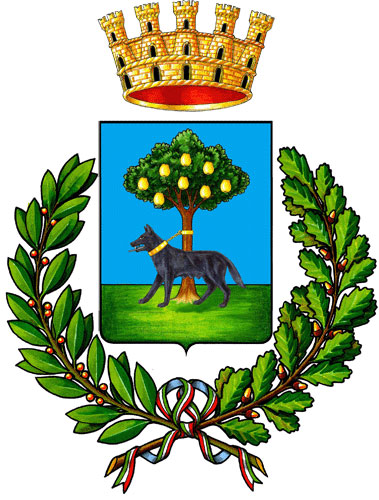

Probably its history as an urban nucleus, like that of many other important centres of the plain, began with a Roman camp and its name may recall that of Aurelio Cotta, the victorious Roman consul. But in a more romantic theme, its name could derive from the fruit of the Cydonio apple, a sort of quince which is represented in the Codogno coat of arms.
The first historical documents tell of an urban centre that already existed in 997 and that the emperor Otto III gave it as a fiefdom. Otto III was that German emperor who had been educated in a Latin and Byzantine style and who wanted to bring the Roman order back to Italy but who died very young at 22 years of age.
After his death and subsequent turmoil, Codogno was governed for several centuries by the bishops of Lodi until 1441, and this gives an idea of the complex relationships between temporal power and spiritual power. On that date, the lord of Milan Filippo Maria Visconti gave Codogno as a fief to the Fagnani family and then to the Trivulzio who maintained it until their extinction.
It was in the period of the municipalities in which the inhabitants of the villages sought a certain administrative autonomy and economic growth through production and commercial exchanges and even the inhabitants of Codogno could not stand the control by the lords.
So in 1492 a part of the city managed to enter the orbit of Piacenza to be able to haggle more freely. This important episode of the life of the city is also told in the coat of arms of Codogno which has the image of the Piacenza she-wolf tied to the quince tree.
Codogno was an important centre from a commercial point of view because it is near the Po river, thanks to which Venice could be easily reached. The Serenissima was in great splendour and bought the tasty Codogno cheeses, and also the linen and silk fabrics which it sold all over the world.
In the 16th century this part of the Italian territory saw direct clashes between France and Spain for control and the city suffered from looting by the Bourbons but above all the great plague of 1516 caused most suffering.
But it was not the only plague, and in 1639 a new plague (the one narrated by Manzoni) was brought by the troops of the Landsknechts, violent mercenaries in the pay of the German rulers and composed of peasants who had been promised everything and who were willing to do anything. Landsknecht itself means "servant of the region", that is, a servant who comes from the countryside.
Despite all these difficulties, Codogno maintained an important role from an economic point of view and, after the extinction of the Trivulzio family, it managed to obtain the status of Regio Borgo, or free town, by King Charles II.
After the Napoleonic period and the Congress of Vienna, Codogno became part of the Lombard-Veneto Kingdom under the control of the Habsburgs of Austria, a solution conceived and desired by the famous Chancellor Metternich.
After the wars of independence, Codogno definitively became part of the Kingdom of Italy and continued to be an important centre especially in agriculture and dairy production.
Since 1955, Codogno has had the recognition of the title of city that, while in the Middle Ages it entailed economic advantages, today it still gives a certain prestige to the municipality that receives this honour.







Follow us